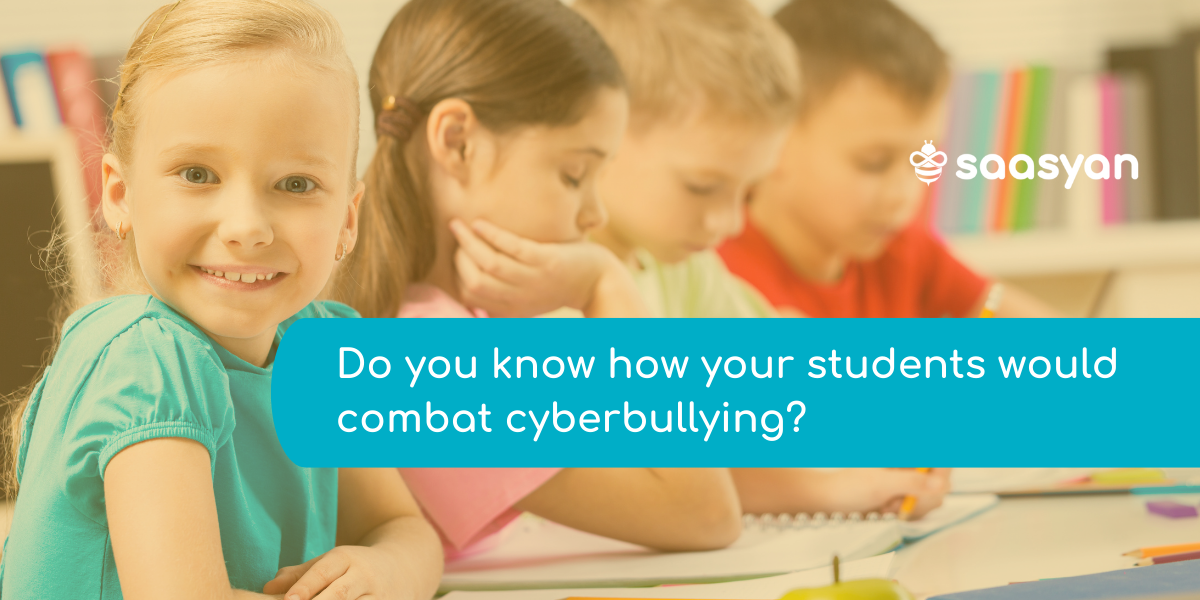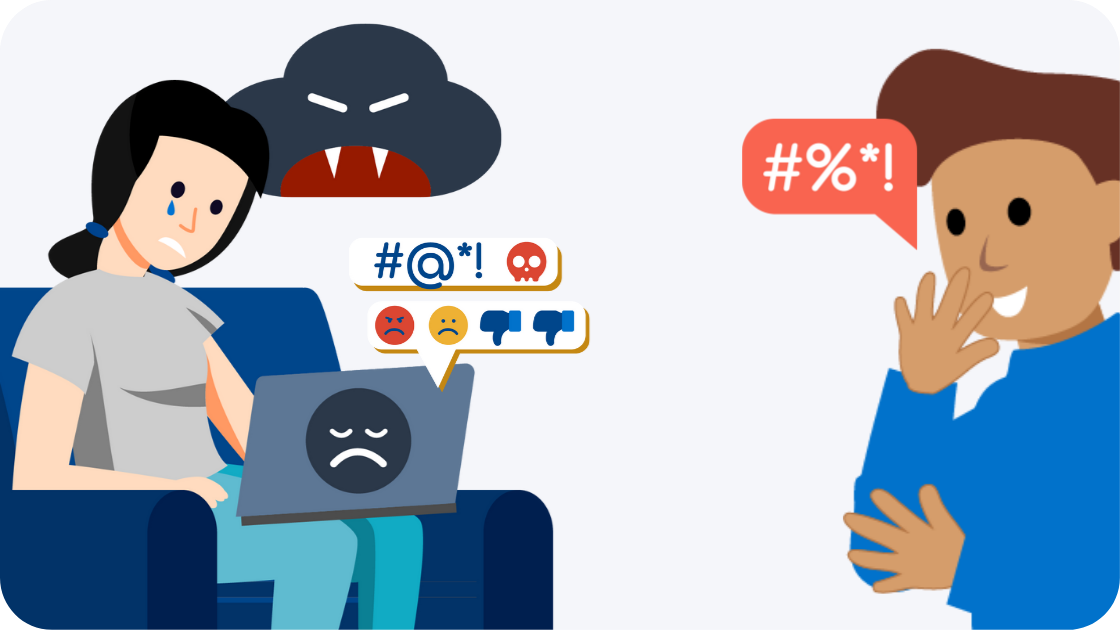Are You Being Cyberbullied?
How Can You Know If You're Being Bullied Online? With the rise of social media, many people are experiencing cyberbullying for the first time. How do...

Cyberbullying has become a hot topic in recent years. With the rise of social media, many people are experiencing cyberbullying for the first time. How do you know if someone is being cyberbullied? And what should be done to end it?
Cyberbullying is a form of bullying that takes place online through social media, chat, email and texts. It is often easier to cyberbully someone because the bully has a high degree of anonymity - this makes it very easy for people to attack others without facing any repercussions.
Cyberbullying tends to be worse than traditional bullying because there is no escape once you have been targeted. Bullies can send a constant stream of abusive messages, images and videos to their victims from anywhere in the world - they do not even need to know where their victim lives!
Bullying can feel shameful to the victim, which can prevent them from reporting it. It can also in some cases be hard to recognise if someone is being cyberbullied as it does not happen face-to-face. In addition, telling about indirect, subtle bullying is also often challenging for a young person: how should you express yourself if the abuse does not include specific acts but instead creates vague and nasty feelings of being repelled among peers?
A student who fears that the situation will only worsen if an adult is informed may be hesitant to disclose it. Also, a bystander who has witnessed bullying may fear that telling an adult increases their own risk of being bullied. Increasing awareness about cyber safety and how to recognise when you are being bullied online is an effective way to fight cyberbullying.
Using social media and a wide range of other media platforms is based on sharing information. Therefore, students (and adults too) need to be careful with what they share and with whom. It might be difficult for children to determine what information they can convey and what should be withheld.
>> Watch Saasyan #SafeVillage Interview With
Trent Ray, Co-Founder of Cyber Safety Project <<
.png?width=560&name=blog%20images%20(19).png) Knowing if children are being bullied can be hard, especially if they do not share it with a trusted adult. Detecting bullying is the first step towards stopping it. It requires adults to be able to recognise bullying for what it is and then act upon it.
Knowing if children are being bullied can be hard, especially if they do not share it with a trusted adult. Detecting bullying is the first step towards stopping it. It requires adults to be able to recognise bullying for what it is and then act upon it.
Schools need to be active in working towards ending bullying. Cyberbullying can be combated by developing a school-wide anti-bullying strategy that is aimed at all students and emphasises the creation of a safe environment built upon trust, effective intervention of bullying and continuous monitoring.
Cyberbullying is more prevalent at both school and outside due to students' rising use of technology. Students have their own devices, making it more difficult to stop and detect cyberbullying. Schools may use student monitoring software to identify cyberbullying on student devices while they're using the school network.
Schools in Australia are required by law to take reasonable measures to minimise the danger of reasonably foreseeable hard under the "duty of care". With software detecting cyberbullying amongst other concerning student activities, school staff have the possibility to receive early warning signs and intervene when needed.
The Saasyan Assure software contains sophisticated features for analysis, alerting and reporting across all students' digital activities in chat, email, search, web visits and videos watched. These advanced features include:
Assigned teachers and wellbeing leaders receive alert notifications and reporting giving them actionable insights to reach out to students potentially needing a helping hand or if they require guidance in relation to worrying behaviour in terms of the pages they are visiting, things they are searching for, and how they are communicating with others over email and chat.
The software provides the data for the school's leadership to step in with evidence in hand and educate students on the effects of bullying, where students can reach out in case they are experiencing difficulties at school and other hardships that could be taking a toll on their mental health, as well as being able to see if any students are visiting pages that relate to weapons or extremism.
>> Watch 30-minute On-Demand Demo
To Learn How Saasyan Assure Works <<

How Can You Know If You're Being Bullied Online? With the rise of social media, many people are experiencing cyberbullying for the first time. How do...

Saasyan enables wellbeing teams to follow-up instances of cyberbullying and self-harm with proactive counselling

Cyberbullying: What Is It And How Common Is It? Bullying has been a part of human civilisation since the dawn of time. There will always be victims...